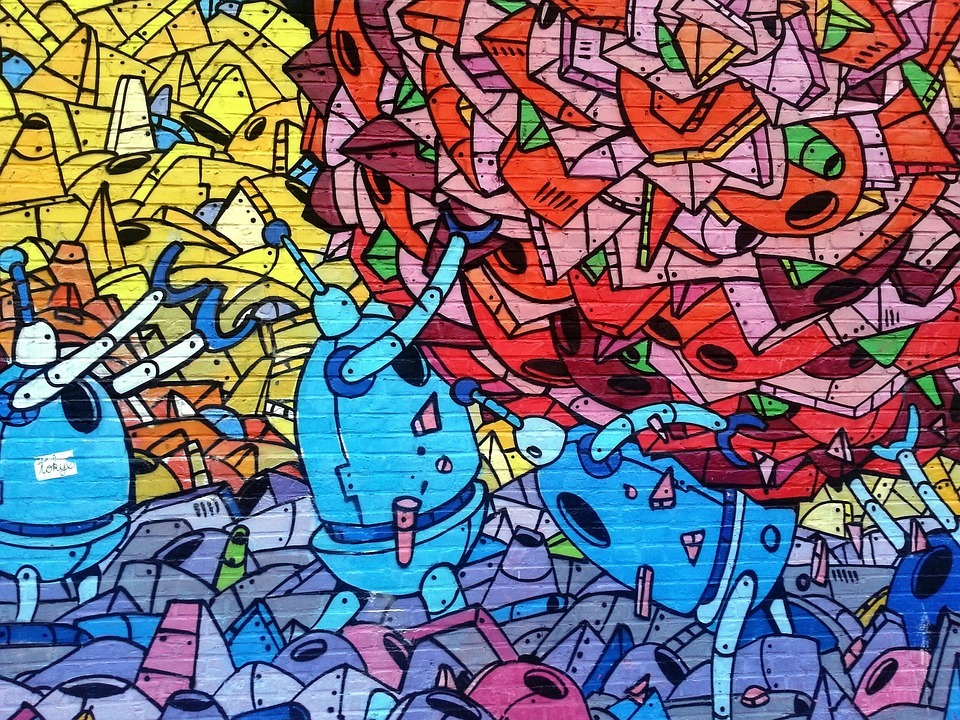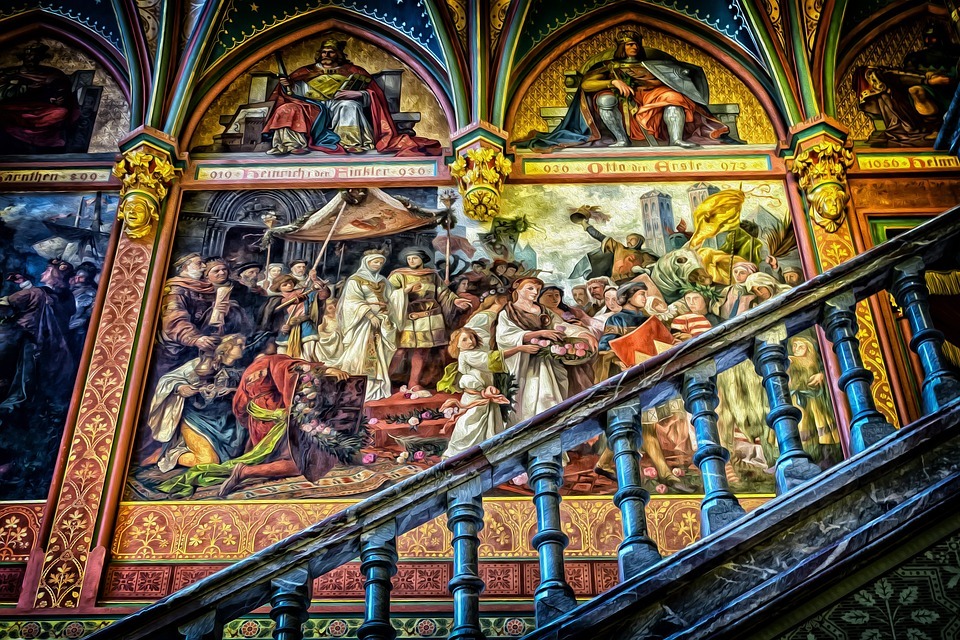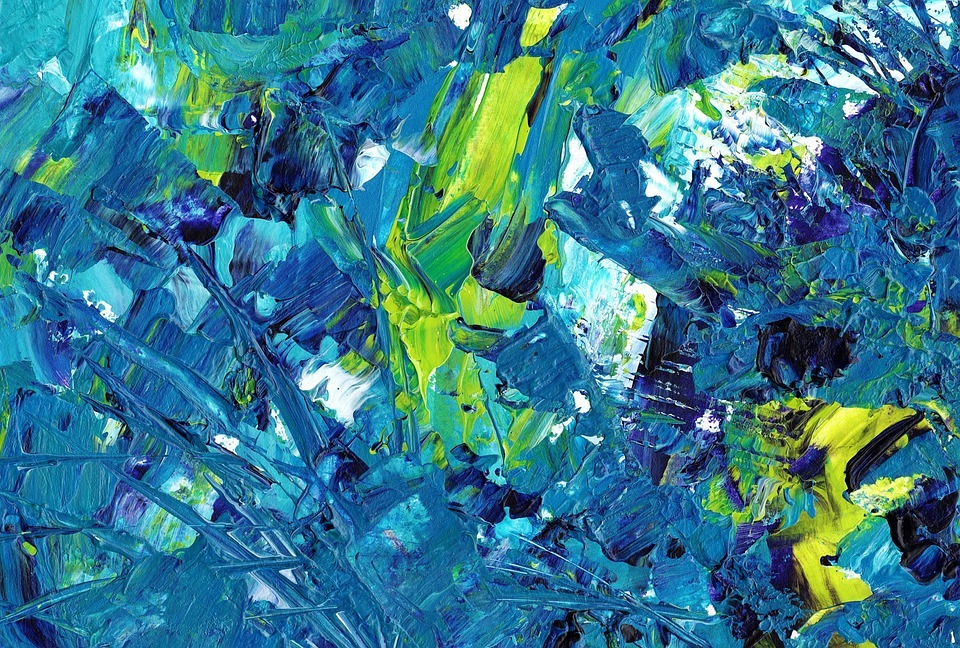We are always on the lookout for ways to enhance the appearance of our homes. People even spend millions on antique pieces to add beauty to their cribs. However, you don’t need to spend so lavishly to add life to your space. You can do it on a budget; consider turning to murals.
Mural paintings are getting more and more popular thanks to their varied uses. Unlike regular paintings, murals are painted in layers and are finished with varnish at the end. The technique is quite effective and makes murals long-lasting.
Common Mural Painting Tips
‘Mur’ is a French word that means wall, probably because murals are generally painted on walls. People are now using murals for their interior and exterior designs. They are made by experts known as muralists. However, you do not have to find a muralist if you need murals. Check out providers like MuraleDesign to get what you need.
Keep reading on to find out more about murals and common murals painting techniques.
Grid Method for Mural Paintings
Ever wondered how muralists paint big spaces with such perfection? Some muralists tend to divide their work into grid squares first and then sketch into each part. This technique is usually used during larger projects to complete the work with perfection. After dividing the work area, the image is traced on the wall using a pencil.
A referential drawing is used to draw the painting into the corresponding grid squares on the wall. After the drawing is set, color paints are used to paint the murals.
Muralists with a high skill level may also use freehand painting techniques at times.
Tips for Choosing the Right Paint
If the mural is exposed to the outside environment, then it is important to choose resistant color paints. Check the lightfastness or UV qualities of the paint before using it for your mural painting.
Oil-based or quality acrylic mural paints are considered ideal for outside work. However, they can be expensive.
Choose your mural paint in a matte finish to ensure lighting does not affect the outlook. It is very important to be careful when selecting the paint, as poor paint can cause the final result to look dull and unimpressive.
Pay Attention to Brushes
The right brush is as important as the right paint. You may need multiple brushes for different purposes. It is best to get your hands on a small brush before you move to bigger brushes. However, in some cases, bigger brushes may be more useful and easier to use.
Start your work from the background color and wait until the paint has dried before moving to the next step.
Hire Professional Services
While you can try mural painting on your own as a fun hobby, it is best to hire professionals if you want the entire wall painted. They will, however, cost you a lot. This is why it may be a good idea to opt for mural paintings or stickers.
You can apply ‘em on the wall and enjoy great aesthetics.
Mural Painting Techniques
When painting murals, it is essential that you have transferred your image onto the wall. When you have your sketch in place, you can see where each part of the mural will go so you can start painting. You can adopt several mural painting techniques that you can adopt for the underpainting and the final scene. Here are some of the most common mural painting techniques.
Sponging
If you want to create a sense of texture in your mural, then using a sponging technique is one of the best ways. You can use it to make clouds in the sky, grass on the ground, or leaves on the tree. Sponging can also be used to create a sense of depth. By sponging different colors on each other, you can create an interesting image that does not simply have single flat blocks of color.
Stippling
Stippling is a popular technique where you dab wet paint onto the surface using a dry stippling brush. It would be best to dab the paint on, as it helps create texture in the mural, and the paint won’t look brushed on. Instead, some underpainting will show, which will help give the image some dimension.
Stenciling
Stenciling is a reasonably simple technique where you purchase a stencil and use painter’s tape to stick it to the wall. Then you paint in the color, and the stencil will ensure that the paint goes on the wall only where you want it to. When using this technique, you should be careful around the edges because the color may build up around there. Stenciling allows you to get a good outline of a character or object. Still, you will need to add details later or use another stencil.
Antiquing
If you want to give your mural an old look, you can achieve it through antiquing. This involves mixing your desired color with an acrylic glazing medium. The ratio is usually about 4 to 5 parts glaze mixed with 1 part paint. When you’ve made the mixture, brush it onto the wall and use a clean rag to spread it around.



